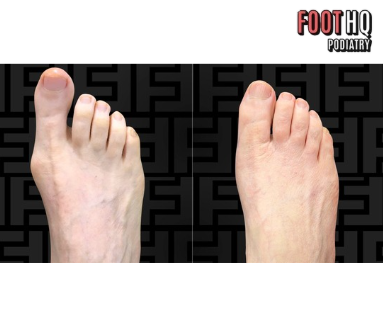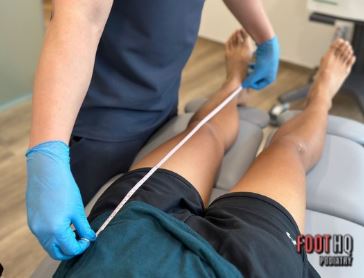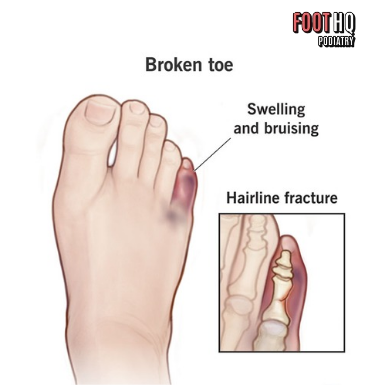Deciding whether to have surgery on your foot can feel daunting. While many foot problems respond well to conservative treatments, certain conditions may indeed require a surgical approach to restore mobility, relieve pain, and prevent long‑term complications. In this post, we’ll explore when surgery might be necessary, what alternatives exist, and how to make an informed decision.
Common Foot Conditions That May Require Surgery
-
Severe Bunions
When bunions cause constant pain, shoe‑fitting issues or joint deformity, a bunionectomy can realign the big‑toe joint and ease discomfort. -
Chronic Plantar Fasciitis
If heel pain persists after months of stretching, orthotics and shockwave therapy, a partial plantar fascia release might be considered. -
Hammertoes and Claw Toes
Surgical correction can straighten rigid toes when splints, padding and footwear adjustments fail to provide relief. -
Tendon Tears or Ruptures
Complete tears of the Achilles or peroneal tendons often need surgical repair to restore normal function. -
Bone Spurs and Arthritis
In advanced arthritis or painful heel spurs, removal of the spur or joint fusion procedures can reduce pain and improve mobility.
Factors to Consider Before Opting for Surgery
-
Severity and Duration of Symptoms
How long have you had pain? If non‑surgical treatments (rest, physio, orthotics) haven’t helped after 6–12 months, surgery may be the next step. -
Impact on Daily Life
Consider whether your foot condition limits work, exercise or simple activities like walking and standing. -
Overall Health and Recovery
Good general health and realistic expectations about the recovery period are crucial for successful outcomes. -
Risks and Benefits
All surgeries carry risks (infection, nerve damage, delayed healing). Discuss potential complications and success rates with your podiatrist or surgeon.
Non‑Surgical Alternatives
Before surgery, most podiatrists will recommend trying:
-
Custom Orthotics to offload pressure areas
-
Physical Therapy focused on stretching and strengthening
-
Immobilisation or Taping to support injured ligaments
-
Medicinal Therapies like corticosteroid injections or NSAIDs
-
Extracorporeal Shockwave Therapy (ESWT) for chronic plantar fasciitis
When to Seek Professional Advice
If you’re experiencing persistent foot pain, deformity or functional limitations, book an appointment with a qualified podiatrist. They will:
-
Assess Your Condition using biomechanical analysis and imaging (X‑ray or ultrasound).
-
Discuss Treatment Options, from conservative management to surgical intervention.
-
Develop a Personalised Plan that aligns with your lifestyle and recovery goals.
Making the Decision
Choosing surgery is a shared decision between you and your healthcare team. Ensure you:
-
Understand the Procedure – what it involves, recovery timeline and postoperative care.
-
Set Realistic Goals – focus on pain relief, improved function and long‑term foot health.
-
Arrange Support – plan for time off work, home assistance and physiotherapy during recovery.
Book an Assessment at Foot HQ Podiatry
Unsure if surgery is right for your foot condition? Our team at Foot HQ Podiatry can provide expert diagnosis and guide you through every step:
📍 Suite 1, 28–30 Urunga Parade, Miranda NSW 2228
📞 (02) 8520 8818
Contact us today to schedule your foot assessment and explore the best treatment options for you.







Share: